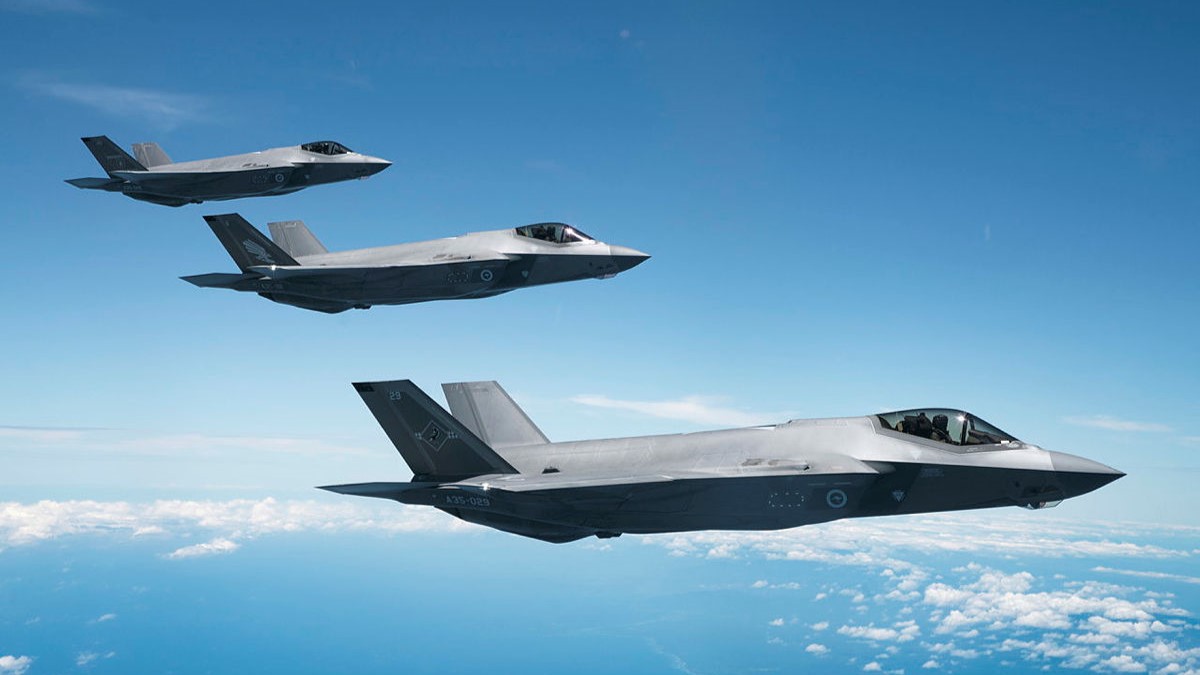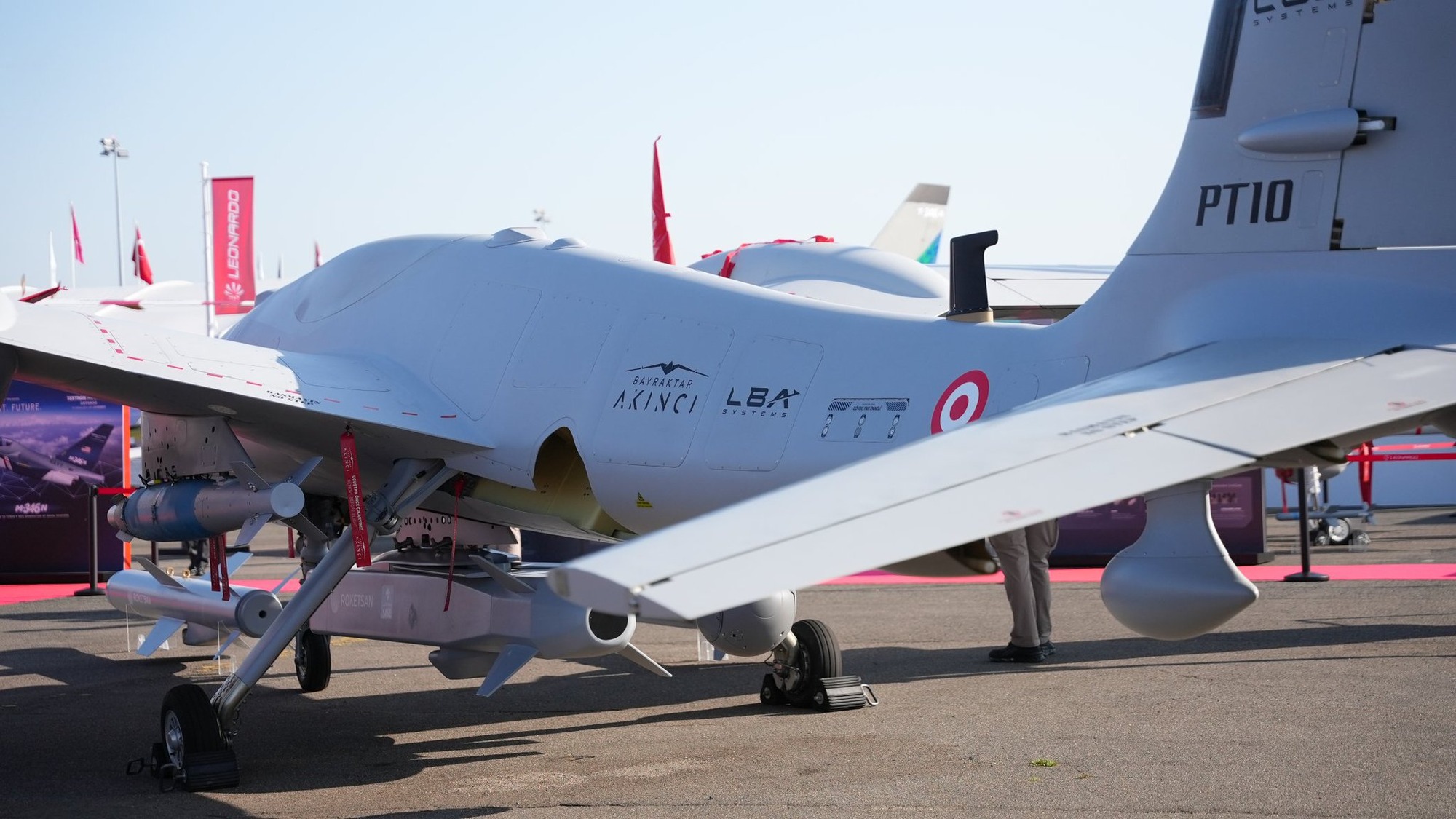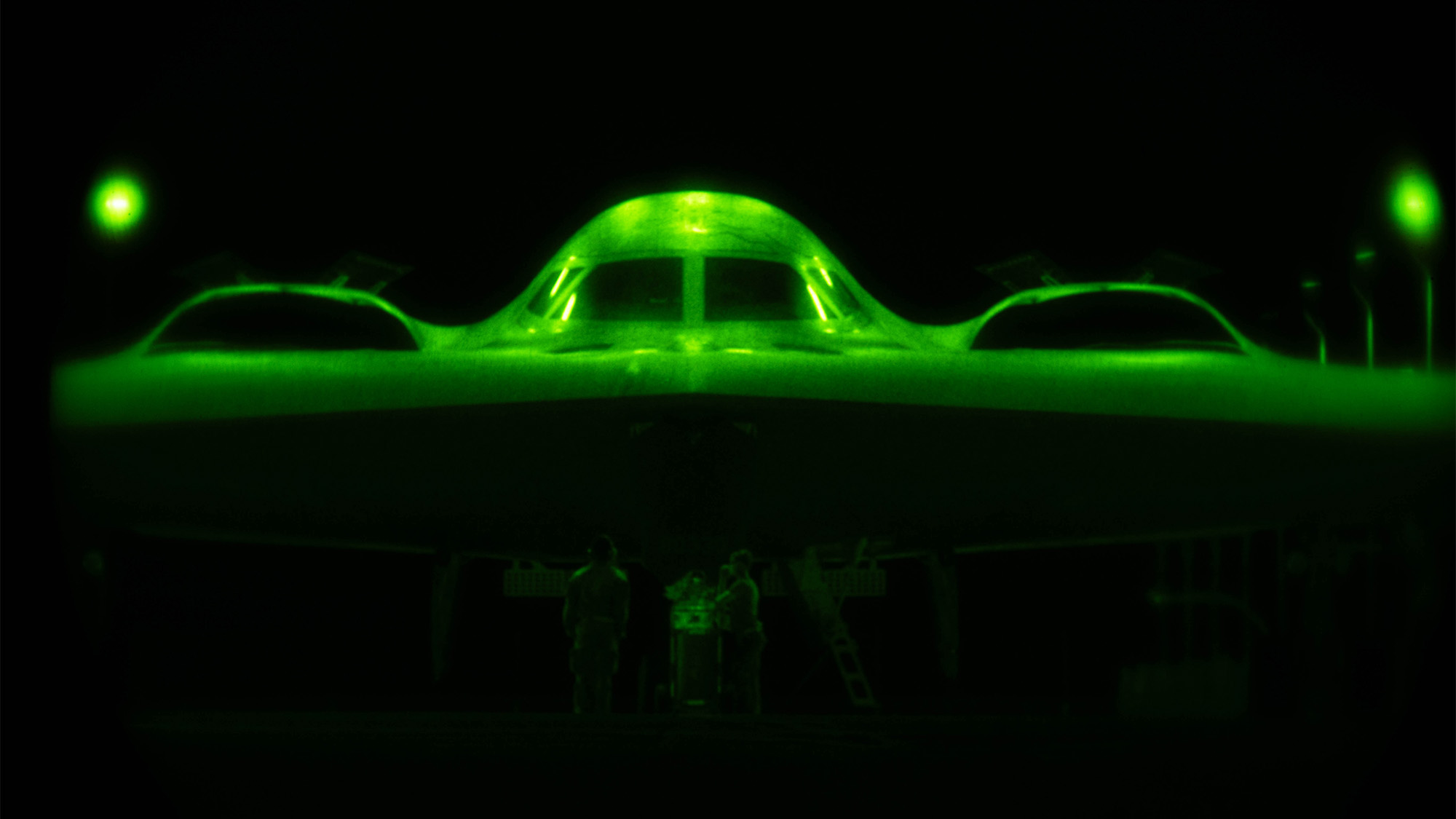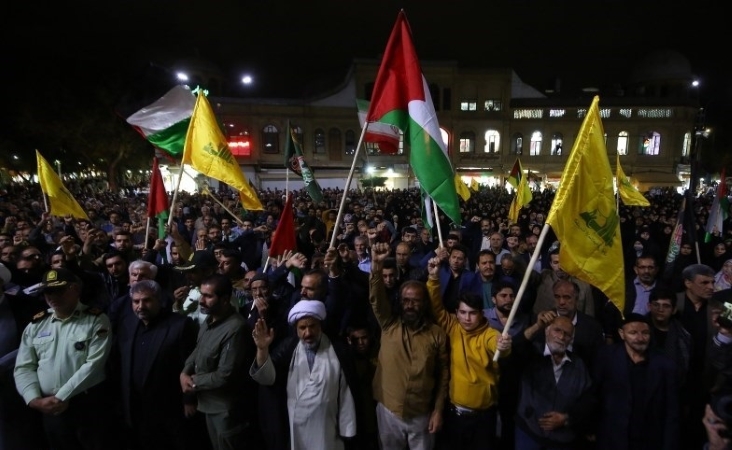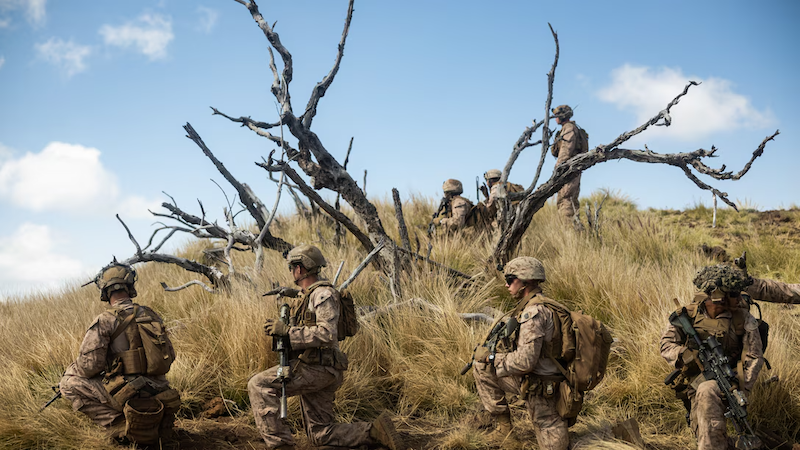Air Force Special Operations wants to fire cruise missiles from Reaper drones
The demand for AFSOC forces is increasing, creating new pressure to re-imagine current tools.

“If you could use a gunship, or an MQ-9, or an OA-1K [Skyraider II] that had a small cruise missile that could go four, five or 600 miles and hit a target, that seems like a capability that a combat commander could use,” said Lt. Gen. Michael Conley, who spoke to reporters at the Global SOF Foundation’s SOF Week event here.
The vision is aspirational, an AFSOC official said. But it’s built on the command’s work with Leidos to integrate the experimental Black Arrow cruise missile onto an AC-130 gunship, a test successfully completed in March. That fits with AFSOC’s strategy of using creative means to make their wing more effective, particularly against air defenses, without buying elaborate, expensive new airframes.
New technologies are making weapons development cheaper and less complex, opening the market to new missiles and new makers, like Silicon Valley startups. But getting a new missile to work with Air Force aircraft and software takes a unique set of competencies and relationships.
A Leidos official told Defense One that “Integrating [a cruise missile] on an operational aircraft, with the battle management system and testing on a government range with an AFSOC crew, is a far cry from testing on a leased aircraft for a demo. Many safety reviews and approvals are required.”
The official added, “The Black Arrow on an MQ-9 would be a logical progression and provide substantial capability enhancement.”
AFSOC historically has worked against adversaries, such as non-state actors, who have limited air defenses. That’s changing, Conley said, as even small groups like the Houthis in Yemen are rapidly developing new strategies and tools to counter larger forces.
“We're looking closely at capabilities that the [People’s Republic of China] and Russia are developing,” he said. “But over time, that technology proliferates. It's shared with other countries that we operate in or around. I think what we're seeing in the broader Yemen area right now is an indicator” of that trend. He added that the Houthis were not necessarily obtaining help from Russia or China directly, but that they were adapting more quickly now, largely as a result of technology trends.
Conley said requests for AFSOC to participate in exercises in Asia and Europe are increasing, but demand from CENTCOM for missions isn’t going down. And the force isn’t getting bigger.
“Things like crisis response in general is up. If you look across just what's happening in the broader Middle East right now, a theater that we've got a lengthy commitment over there. So those types of things keep us pretty busy.”
That’s creating new urgency to find efficiencies and develop new capabilities cheaply. Conley is also looking toward AI to not only help accelerate finding targets but also to allow human crew members to save time on a variety of other tasks. ]]>






















































































